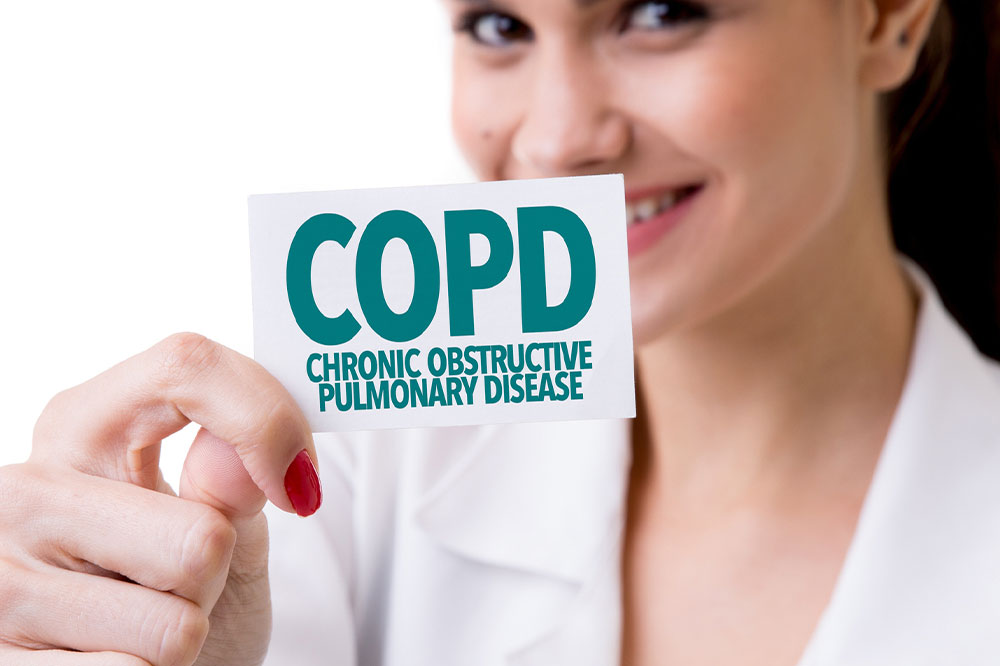Respiratory System Disorders: Upper and Lower Tract Conditions
This article explores common respiratory system conditions affecting both the upper and lower airways. It details causes, symptoms, and treatment options for illnesses such as sinusitis, pharyngitis, emphysema, and asthma, emphasizing the importance of prompt medical attention and lifestyle adjustments to maintain healthy respiratory function.

Respiratory System Disorders: Conditions Affecting Upper and Lower Airways
The respiratory system includes the nose, sinuses, pharynx, larynx, bronchi, lungs, and alveoli. The upper airway, comprising the nose and sinuses, filters, warms, and humidifies incoming air. Common issues like viral or bacterial infections cause inflammation, especially in lymph nodes such as adenoids and tonsils. The nose serves as the initial filter, trapping impurities with hair and mucus, often leading to colds. Sinusitis involves inflamed sinuses from infections. The lower respiratory tract involves organs like the bronchi and lungs, with conditions such as emphysema and asthma affecting breathing efficiency. Emphysema damages alveoli, causing oxygen deficits, while asthma involves periodic bronchial constriction often triggered by allergens. Treatments include removing irritants, medications like bronchodilators, expectorants, and surgical options in severe cases.
Understanding respiratory illnesses helps in effective management and prevention. Early diagnosis and appropriate therapy can improve quality of life for affected individuals. Regular medical consultation is essential when symptoms persist or worsen.










